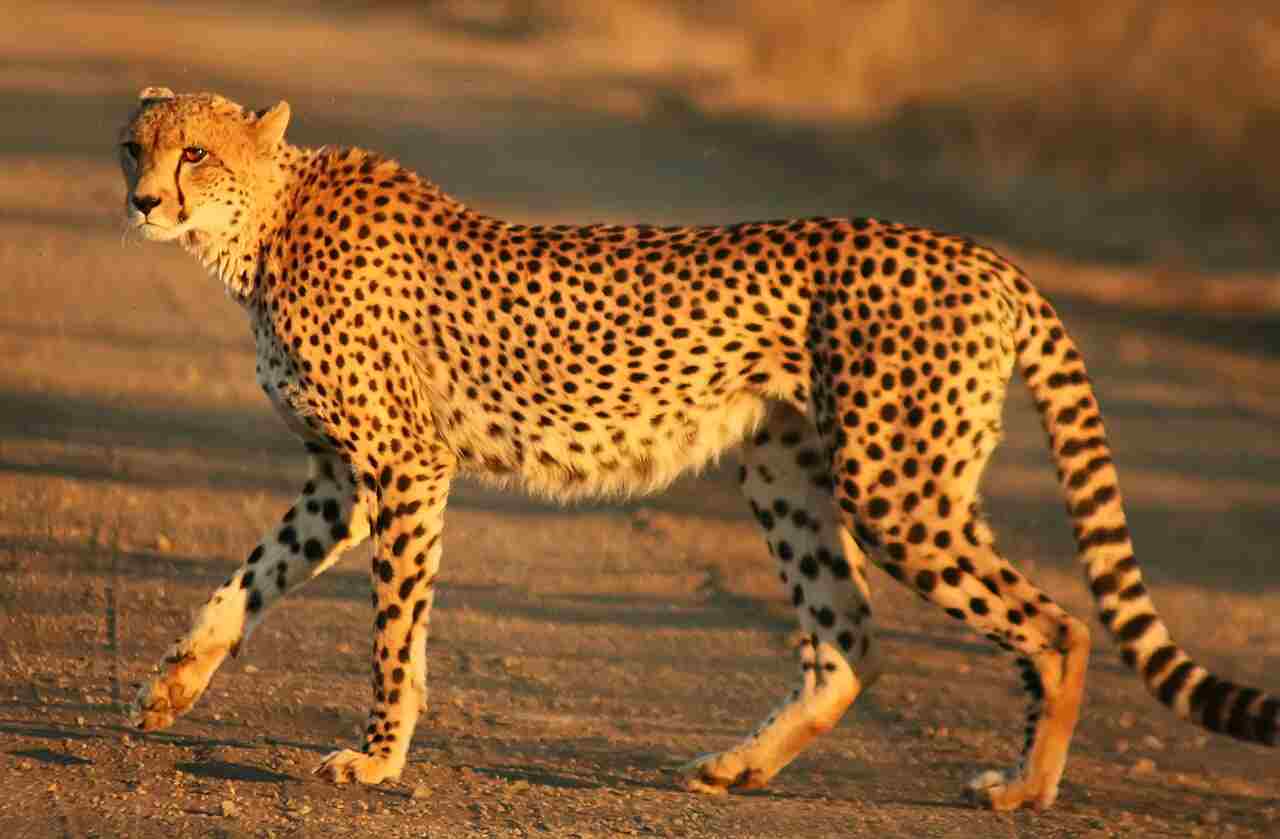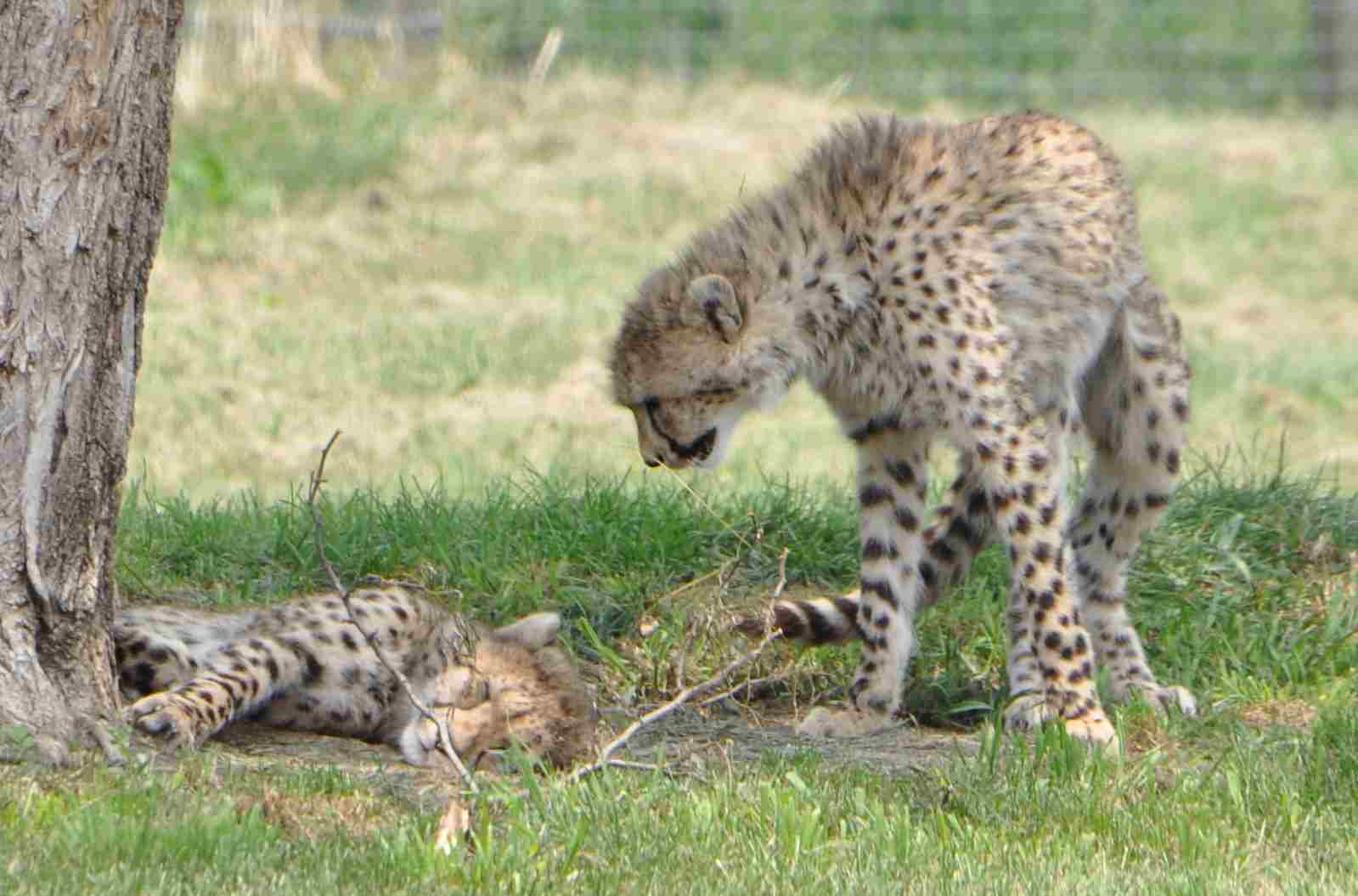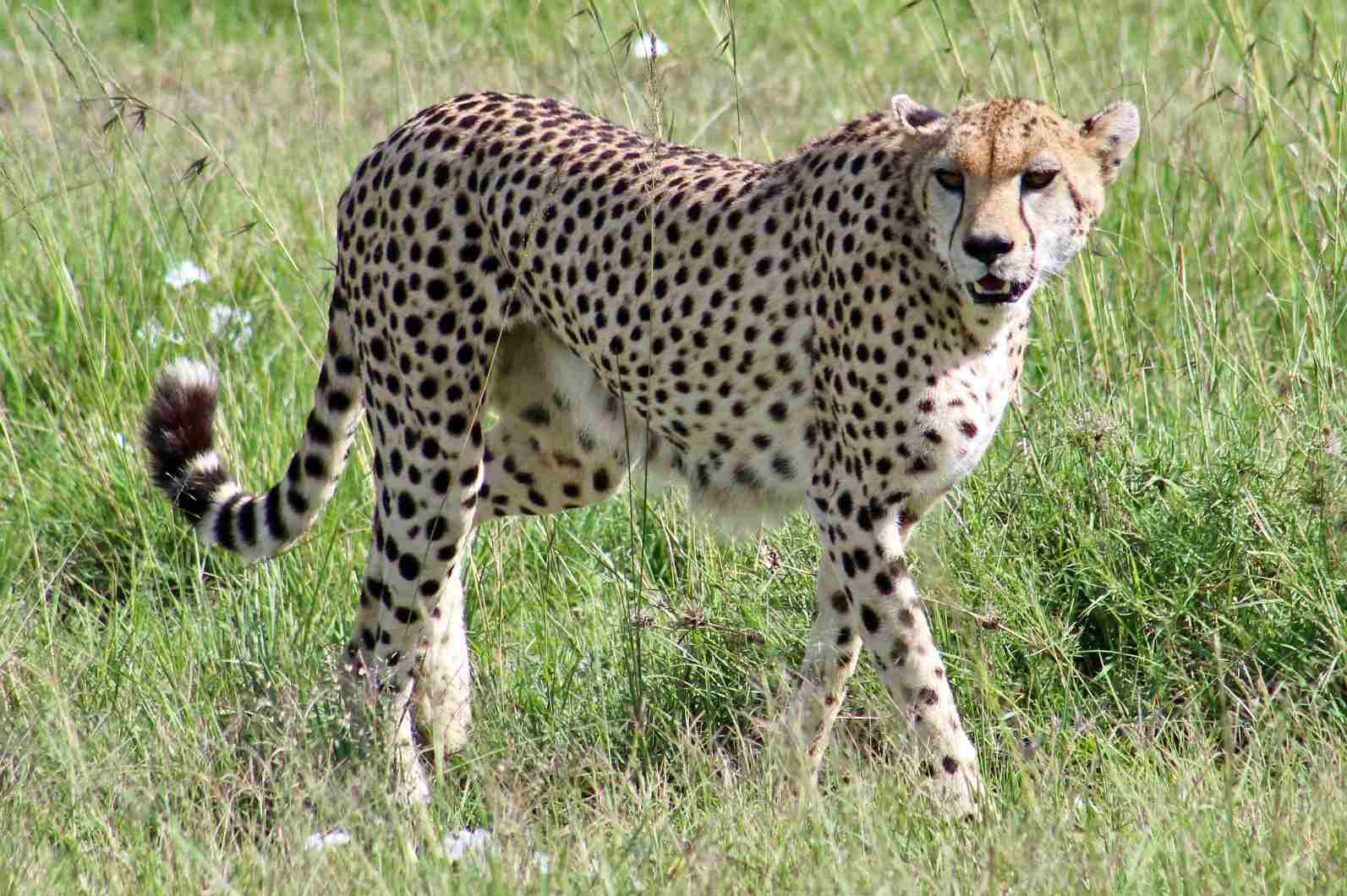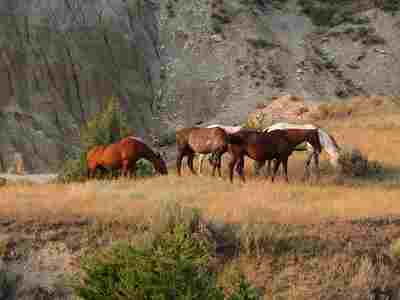Asiatic Cheetah Vs African Cheetah Size, Weight, Ecological Comparison
The African cheetah is indeed larger and heavier than the Asiatic cheetah, giving it an advantage in a physical confrontation. Its size and weight contribute to its overall strength and power. Additionally, the African cheetah possesses more powerful limbs, which further enhances its ability to overpower its opponent.
However, it is important to note that the Asiatic cheetah’s thick coat and neck can provide some protection and aid in its defense. In this article, we will explore the various factors that differentiate these two cheetah subspecies and compare them in detail.
Reasons Why a Asiatic Cheetah Will Win a Cheetah In a Fight/Physical Confrontation
I). The African Cheetah is Larger and Heavier
One of the main reasons why the Asiatic cheetah would have an advantage over the African cheetah in a physical confrontation is its larger and heavier size. The African cheetah, although already impressive in its own right, is surpassed by its Asiatic counterpart in terms of size and weight. The Asiatic cheetah can grow to be slightly larger and heavier, giving it a physical advantage in a fight.
The larger size of the Asiatic cheetah allows it to have a greater reach and more powerful strikes. With its longer limbs and larger body, it can deliver stronger blows to its opponent, potentially overpowering the African cheetah. This size advantage also translates into a greater ability to defend itself against attacks.

II). Possession of More-Powerful Limbs
In addition to its larger size, the Asiatic cheetah also possesses more powerful limbs compared to the African cheetah. These powerful limbs provide the Asiatic cheetah with enhanced strength and agility, making it a formidable opponent in a physical confrontation.
The stronger limbs of the Asiatic cheetah enable it to deliver more forceful strikes and pounces, increasing its chances of overpowering the African cheetah. This advantage in limb strength allows the Asiatic cheetah to exhibit greater control and precision in its movements, giving it an edge in a fight.
Generally, the combination of larger size and more powerful limbs gives the Asiatic cheetah an advantage over the African cheetah in a physical confrontation.
*Details of Comparison
| Feature | Asiatic Cheetah | African Cheetah |
| Size | Larger and heavier |
Smaller and lighter
|
| Limbs | More powerful | Less powerful |
| Bite Force | Comparable | Slightly stronger |
| Speed | Slightly slower | Slightly faster |
| Habitat | Arid deserts |
Savannah grasslands
|
| Overall Physical Capacity | May have a slight advantage due to size and limb strength |
May have a slight advantage due to size and limb strength
|
1). Taxonomy
The taxonomy of the Asiatic cheetah and the African cheetah is an important aspect to consider when comparing these two species. Both cheetahs belong to the same genus, Acinonyx, and share the same species name, jubatus. However, there are some subtle differences between the two.
In terms of appearance, the Asiatic cheetah has a slightly paler coat compared to its African counterpart. This adaptation helps it blend in with its arid desert habitat. On the other hand, the African cheetah has a slightly darker coat, which provides better camouflage in the savannah grasslands.
When it comes to size, both cheetahs are similar in length and height. However, the Asiatic cheetah tends to have a slightly stockier build, with a more robust stature. This may be an adaptation to its harsher environment, where it needs to be more resilient.

2). Appearance
The appearance of the Asiatic cheetah and the African cheetah is an important aspect to consider when comparing these two species. Both cheetahs have distinct characteristics that help them adapt to their respective habitats.
In terms of coat, fur, and skin, the Asiatic cheetah has a slightly paler coat compared to its African counterpart. This adaptation allows it to blend in with the arid desert environment in which it resides. On the other hand, the African cheetah has a slightly darker coat, which provides better camouflage in the savannah grasslands.
When it comes to stature and build, both cheetahs are similar in length and height. However, the Asiatic cheetah tends to have a slightly stockier build, with a more robust stature. This may be an adaptation to its harsher environment, where it needs to be more resilient.
Overall, while both cheetahs share similarities in appearance, such as their slender bodies and distinctive black tear stripes, there are subtle differences that help them thrive in their respective habitats.
3). Size
When comparing the size of the Asiatic cheetah and the African cheetah, it is important to note that the African cheetah is slightly larger in overall body size. The African cheetah typically has a longer total body length and stands taller at the shoulders compared to its Asiatic counterpart.
In terms of total body length, the African cheetah can reach up to 7 feet, while the Asiatic cheetah usually measures around 6.5 feet. This slight difference in length may not seem significant, but it does contribute to the overall size variation between the two species.
Additionally, when considering the height at the shoulders, the African cheetah stands taller, with an average height of around 3.5 feet, whereas the Asiatic cheetah measures slightly shorter at approximately 3.3 feet. This disparity in height further emphasizes the size difference between the two cheetah species.
4). Weight
When comparing the weight of the Asiatic cheetah and the African cheetah, it is evident that the African cheetah is slightly heavier. The weight of an adult African cheetah typically ranges between 77 to 143 pounds, while the Asiatic cheetah weighs around 66 to 110 pounds. This slight difference in weight may not seem significant, but it does contribute to the overall physical variation between the two species.
The weight of a cheetah plays a crucial role in its hunting and survival abilities. A heavier cheetah possesses more strength and power, which can be advantageous during a chase or when bringing down prey. The African cheetah’s slightly higher weight gives it a slight advantage in terms of physical strength and endurance.
However, it’s important to note that weight alone does not determine the success of a cheetah in hunting or survival. Factors such as speed, agility, and hunting techniques also play significant roles. Both the Asiatic cheetah and the African cheetah have evolved to be highly efficient hunters, utilizing their unique physical attributes to excel in their respective habitats.
While the African cheetah is slightly heavier than its Asiatic counterpart, the weight difference alone does not significantly impact their overall hunting and survival capabilities. Both species have adapted to their environments and possess remarkable physical abilities that allow them to thrive in their respective habitats.
5). Speed and Agility
The African cheetah is renowned for its incredible acceleration and top speed. It can reach speeds of up to 70 miles per hour in just a few seconds, allowing it to quickly chase down its prey. Its long, slender body and flexible spine contribute to its exceptional agility, enabling it to make sharp turns and sudden changes in direction while in pursuit.
Similarly, the Asiatic cheetah possesses impressive speed and agility. Although it may not reach the same top speeds as its African counterpart, it is still a formidable hunter. The Asiatic cheetah’s slightly stockier build and shorter legs may affect its top speed, but it compensates with its agility and maneuverability.
Both cheetah species have adapted their bodies to excel in their respective habitats. Their lightweight frames, long limbs, and semi-retractable claws provide them with the necessary tools for high-speed pursuits and quick turns. These adaptations allow them to navigate through various terrains, including grasslands, deserts, and rocky areas.
While the African cheetah may have a slight advantage in terms of top speed, both the Asiatic cheetah and the African cheetah are incredibly fast and agile predators.
6). Bite Force
The African cheetah, with its long, slender jaws and sharp teeth, possesses a formidable bite force. It has been estimated to have a bite force of around 475 pounds per square inch (psi). This powerful bite allows the African cheetah to deliver a swift and lethal blow to its prey, ensuring a quick kill.
On the other hand, the Asiatic cheetah, although slightly smaller in size, still possesses a significant bite force. While specific measurements are not readily available, it is believed to have a comparable bite force to its African counterpart. This suggests that the Asiatic cheetah is equally capable of delivering a powerful bite to subdue its prey.
Both cheetah species rely on their bite force to secure their meals, but it is important to note that their hunting strategies differ. The African cheetah relies on its speed and agility to chase down and suffocate its prey, while the Asiatic cheetah employs a more stealthy approach, relying on its bite force to quickly dispatch its target.
7). Overall Physical Capacity (Which is Stronger?)
The overall physical capacity of the Asiatic cheetah and the African cheetah is a topic of interest when comparing these two species. While the African cheetah is known for its larger size and weight, it is important to consider other factors as well.
Size and weight play a significant role in determining the strength of an animal. The African cheetah, being larger and heavier than its Asiatic counterpart, may have a slight advantage in terms of physical strength. However, it is crucial to note that strength is not solely determined by size and weight.
When comparing the two cheetah species, it is essential to consider their adaptations and hunting strategies. The Asiatic cheetah, although smaller in size, has adapted to survive in harsh and arid environments. It relies on its exceptional speed and agility to hunt and capture prey effectively.
On the other hand, the African cheetah, with its larger size, may have more brute force when it comes to physical confrontations. However, it primarily relies on its incredible speed and agility to chase down and suffocate its prey.
While the African cheetah may have a slight advantage in terms of size and weight, the overall physical capacity of the Asiatic cheetah should not be underestimated.
8). Habitat
The habitat of the Asiatic cheetah and the African cheetah is an important factor to consider when comparing these two species. Both cheetahs have adapted to different ecosystems due to their geographic range.
The Asiatic cheetah is found primarily in Iran, where it inhabits a variety of habitats including deserts, grasslands, and mountainous regions. This species has adapted to survive in harsh and arid environments, where it relies on its exceptional speed and agility to hunt its prey.
On the other hand, the African cheetah is found in a wider range of habitats across sub-Saharan Africa, including savannas, grasslands, and scrublands. This species has adapted to thrive in open landscapes, where it can utilize its incredible speed to chase down its prey in the vast open spaces.
When comparing the two cheetah species, it is clear that their habitats play a significant role in shaping their behavior and hunting strategies. The Asiatic cheetah’s habitat requires it to be more versatile and adaptable, as it needs to navigate through various terrains to find food. In contrast, the African cheetah’s habitat allows it to rely more on its speed and agility in the open plains.

9). Lifespan
The Asiatic cheetah has a relatively shorter lifespan compared to the African cheetah. In the wild, the average lifespan of an Asiatic cheetah is around 10 to 12 years. However, in captivity, they can live up to 15 years or more with proper care and management.
On the other hand, the African cheetah has a slightly longer lifespan. In the wild, they can live up to 12 to 14 years on average. In captivity, where they are protected from natural threats and have access to regular food and medical care, they can live up to 17 years or more.
The difference in lifespan can be attributed to various factors. The Asiatic cheetah faces numerous challenges in its habitat, including habitat loss, poaching, and a limited prey base. These factors contribute to a shorter lifespan for the species.
In contrast, the African cheetah benefits from a larger habitat range and a more abundant prey base, which allows for a slightly longer lifespan. However, both species face threats to their survival and conservation efforts are crucial to ensure their long-term survival.
10). Behavior
The behavior of the Asiatic cheetah and the African cheetah exhibits some similarities and differences. Both species have similar feeding behaviors, relying primarily on hunting and consuming meat. They are known for their agility and speed when chasing down prey. However, the African cheetah is generally more aggressive during hunts, while the Asiatic cheetah tends to be more cautious and strategic in its approach.
In terms of vocalization, both cheetah species communicate through a variety of sounds, including purring, hissing, and chirping. These vocalizations serve different purposes, such as signaling aggression, mating calls, or communication between mother and cubs.
Social behavior also differs between the two species. African cheetahs are more social, often forming small groups or coalitions consisting of siblings or related individuals. They may hunt together and share their kills. In contrast, Asiatic cheetahs are generally solitary animals, with minimal social interactions outside of mating.
Parenting behavior is another area of distinction. Female African cheetahs are known for their dedicated parenting, raising their cubs on their own and providing them with protection and guidance until they are independent. Asiatic cheetahs also exhibit maternal care, but the level of involvement may vary.
11). Reproduction
When it comes to reproduction, both the Asiatic cheetah and the African cheetah are viviparous, meaning they give birth to live young. However, there are some differences in their reproductive behaviors.
Gestation periods vary between the two species. The African cheetah has a gestation period of approximately 90 to 95 days, while the gestation period of the Asiatic cheetah is slightly longer, ranging from 90 to 105 days.
In terms of litter size, African cheetahs generally have larger litters compared to their Asiatic counterparts. African cheetahs typically give birth to three to five cubs, although larger litters of up to eight cubs have been recorded. On the other hand, Asiatic cheetahs usually have smaller litters, with two to four cubs being the norm.
The reproductive behaviors of the two species also differ. Female African cheetahs are known to be more promiscuous, mating with multiple males during their estrus period. This behavior increases genetic diversity within the population. In contrast, Asiatic cheetahs are more monogamous, with females typically mating with only one male during their estrus.
12). Danger Posed to Humans
When it comes to the danger posed to humans, both the Asiatic cheetah and the African cheetah generally avoid human settlements. They prefer to inhabit remote areas away from human activity. However, there have been rare instances where cheetahs have come close to human settlements, especially when their natural habitats are encroached upon.
In terms of aggression towards humans, cheetahs are not typically aggressive and do not pose a significant threat. They are more likely to flee from humans rather than confront them. However, it is important to exercise caution if you encounter a cheetah in the wild. Maintain a safe distance and avoid any sudden movements that may startle the animal.
In terms of human deaths caused, both the Asiatic cheetah and the African cheetah have a low rate of causing fatalities. These big cats primarily prey on smaller animals and do not actively seek out human prey. Fatal attacks on humans are extremely rare.
If you do encounter a cheetah in the wild, it is recommended to slowly back away while keeping eye contact with the animal. Do not turn your back or run, as this may trigger the cheetah’s instinct to chase. It is also advisable to make yourself appear larger by raising your arms and making loud noises to deter the cheetah.
13). Intelligence
Cheetahs, in general, are known for their problem-solving abilities and adaptability in the wild.
In terms of cognitive abilities, cheetahs have shown remarkable intelligence when it comes to hunting strategies. They are skilled at assessing their surroundings, identifying potential prey, and executing precise and calculated hunting techniques. Their ability to anticipate the movements of their prey and adjust their strategies accordingly demonstrates their intelligence and adaptability.
While both the Asiatic cheetah and the African cheetah possess similar levels of intelligence, it is difficult to determine which species is more intelligent. Intelligence can vary among individuals within a species, and factors such as environmental conditions and upbringing can also influence cognitive abilities.
Overall, the intelligence of cheetahs, including both the Asiatic and African species, plays a crucial role in their survival and success as predators. Their ability to learn from their experiences, adapt to changing circumstances, and make quick decisions in the wild showcases their remarkable intelligence.
Both the Asiatic cheetah and the African cheetah exhibit a high level of intelligence, particularly in their hunting strategies and problem-solving abilities.
14). Tracks
When comparing the tracks of the Asiatic cheetah and the African cheetah, there are some notable differences. The tracks left by these two species can provide valuable information about their behavior and movement patterns in the wild.
The tracks of the Asiatic cheetah are generally larger in size compared to those of the African cheetah. This is due to the fact that the Asiatic cheetah is slightly larger in overall size and weight. The tracks of the Asiatic cheetah also tend to have a more rounded shape, with a distinct imprint of the cheetah’s claws.
On the other hand, the tracks of the African cheetah are slightly smaller and more elongated in shape. The claws of the African cheetah are also less prominent in the tracks, indicating a different hunting technique compared to the Asiatic cheetah.
The tracks of both species can reveal important information about their hunting behavior, such as the speed at which they were moving and the direction they were heading. By studying these tracks, researchers can gain insights into the hunting strategies and movement patterns of both the Asiatic and African cheetahs.
15). Conservation Status
The conservation status of both the Asiatic cheetah and the African cheetah is a matter of concern. Both species are classified as endangered or threatened, facing significant risks to their survival in the wild.
For the Asiatic cheetah, the main threats to its population include habitat loss, fragmentation, and degradation. Human activities such as agriculture, mining, and infrastructure development have encroached upon its natural habitat, leading to a decline in suitable hunting grounds and prey availability. Additionally, illegal hunting and poaching for their valuable skins and body parts have further contributed to their dwindling numbers.
Similarly, the African cheetah also faces similar challenges in terms of habitat loss and fragmentation. The conversion of natural habitats into agricultural land and the expansion of human settlements have resulted in the loss of crucial territories for the African cheetah. This loss of habitat has not only affected their ability to find prey but has also increased the likelihood of human-wildlife conflicts.
Efforts are being made to conserve both species through various initiatives, including protected areas, captive breeding programs, and community-based conservation projects. These efforts aim to address the main threats and promote the long-term survival of these magnificent creatures.
Therefore, the conservation status of both the Asiatic cheetah and the African cheetah is a cause for concern. The main threats cheetahs face, such as habitat loss and illegal hunting, require urgent attention and concerted efforts to ensure their survival in the wild. Conservation initiatives play a crucial role in safeguarding these species for future generations.

Conclusion
I). SIMILARITIES
Both the Asiatic cheetah and the African cheetah share several similarities in terms of their physical characteristics and ecological roles. They are both members of the Felidae family and are known for their incredible speed and agility.
Additionally, both cheetah species have a slender body, a small head, and distinctive black tear stripes that run from their eyes to their mouth. These similarities highlight their close evolutionary relationship and shared adaptations for hunting in open grassland habitats.
II). DIFFERENCES
Despite their similarities, there are also notable differences between the Asiatic cheetah and the African cheetah. One significant difference lies in their geographic distribution. The Asiatic cheetah is found primarily in Iran, while the African cheetah is distributed across various sub-Saharan African countries. This difference in range is due to historical factors and the availability of suitable habitats.
Another difference is their conservation status. The Asiatic cheetah is critically endangered, with an estimated population of fewer than 50 individuals remaining in the wild. In contrast, the African cheetah is classified as vulnerable, with a relatively larger population size. This difference in conservation status reflects the varying levels of threats and conservation efforts for each species.
Therefore, while the Asiatic cheetah and the African cheetah share similarities in their physical characteristics and ecological roles, they also exhibit distinct differences in terms of their geographic distribution and conservation status.



